Please leave a comment to welcome Amanda Johnson to That Mutt. She has two kitties named Shelly and Sylvester.
Years ago, during my college years, I had a sweet tabby kitty named Boba Fett.
Yes, he was named after the infamous Star Wars bounty hunter as a kitten because the fur aligned around his jaw like a helmet and his coloring was a near-perfect match.
He was found in South Austin by a wonderful animal rescue organization during the glaring heat of summer in a trailer park with a few of his siblings.
A scrappy little guy, he stole my heart instantly at first sight, and I took him home to my college apartment that same day. He would accompany me through the most hectic years of my life in school and on a cross-country move from Texas to California.
I have to admit that I was a bit clueless and not very observant in my 20s, so I could have missed some things about his health that may have changed his fate; but I never saw the signs that he was ill.
At only 6 years old, he unexpectedly passed away. There was a terrible debate as to how and why, but I always wondered if his diet was partly to blame. I fed him entirely dry food and water and was racked with guilt for not seeing the signs or catching it in time.
Needless to say, when I finally became a cat owner again, I was (heck, I still am) obnoxiously paranoid about their diet, veterinary checkups, sleep, flea meds… you name it.
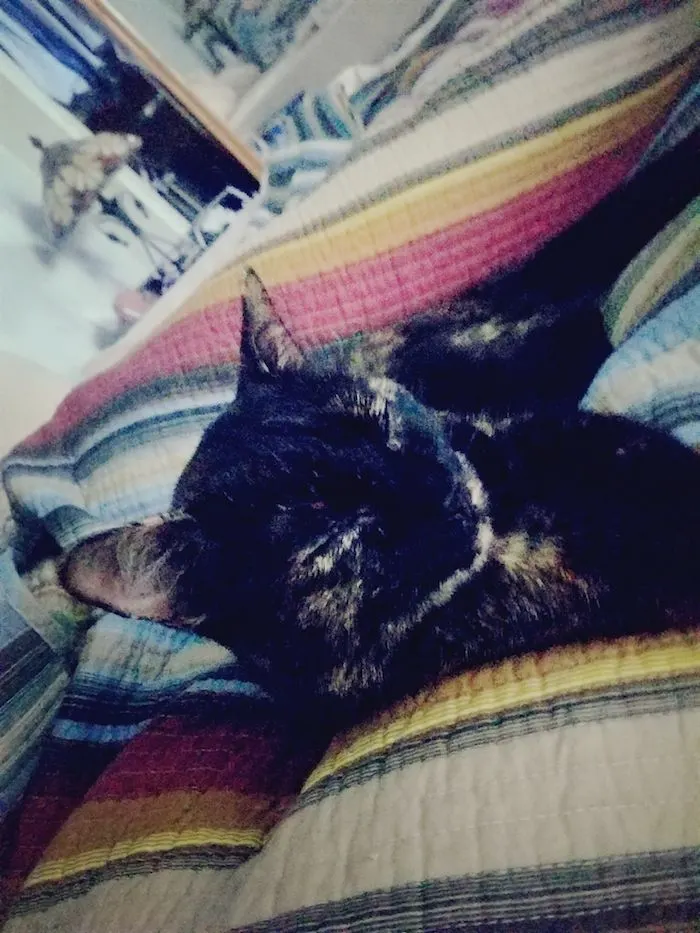
One of Amanda’s current kitties, Shelly
And of course, the first thing I did upon getting my new fuzzy little bears was to obsess about their diet, do tons of research and hound their veterinarians at every checkup.
So here’s the low down on which food is best for cats:
1. Cats have a low thirst drive
Cats don’t get thirsty in the same way we do. They are designed to get the majority of their moisture from their prey. That means if they’re an inside cat that eats solely dry food, you’re betting on them to drink lots of water to satisfy what their bodies need in terms of liquid to stay healthy.
Dry food is comprised of about 10% moisture, whereas wet food on average contains 78%. Why is this important? Because a lack of moisture contributes to chronic dehydration, which can easily turn into feline kidney disease, diabetes and/or urinary tract infections that can threaten your cat’s life.
In fact, in many cases where cats have been diagnosed with kidney disease, they’re placed on wet food diets high in water-soluble vitamins, fiber and high antioxidant concentrations. Cambridge University studies have shown that cats fed solely dry food have a lower water intake and lower urine volume than cats on a wet food diet, even if they have constant access to fresh water.
In addition, a study from the National Research Council’s Committee on Animal Nutrition found that regardless of a cat’s total food and water consumption, the proportion of water in the diet is higher for cats fed wet food than for cats fed dry food.
2. Often too many carbs in a dry-food-only diet
An interesting fact I learned from my vet: cats can’t taste sweetness. That’s got to suck.
This is because they don’t have taste receptors dedicated to tasting sweet like they do for salty, sour, bitter or savory. Their systems are not intended to consume carbohydrates. In the wild, cats only consume carbohydrates through the minute stomach contents of their prey (I know, gross).
They aren’t equipped to metabolize carbohydrates like other animals can, and the carbs really go to their bellies, even more than they do to ours. With some dry foods containing as much as 40% carbohydrate content, you could be opening your cat up to unintended health issues by feeding them solely dry food.
3. Dry food isn’t necessarily evil
When my boyfriend and I first got our black and white tuxedo kitten Sylvester, he had some digestion issues caused by tape worms that decided to burrow in his young tummy. The vet bill was fun.
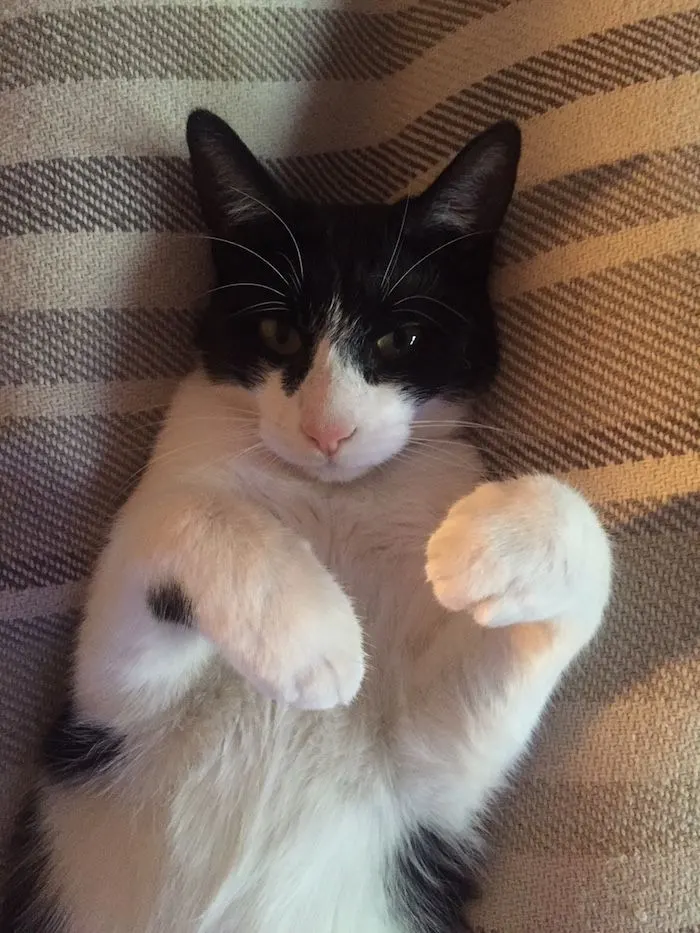
Amanda’s cat, Sylvester
Our vet instructed us to feed him a premium dry food, specifically designed for gastrointestinal issues. It’s not cheap either, but the specially-formulated crunchy stuff soothed his tummy and helped him to pass normal, healthy stools while his digestive system healed.
Our other cat, Shelly, a tortoise shell female that’s just a year older, started eating on the premium stuff too, and both cats became hooked. Out of paranoia, I called my vet directly to find out if it was okay for both cats to eat, and he said he would recommend it as a source of good nutrition for any cat.
Another reason why a little dry food is a good idea is that some studies show a slight dental benefit to dry food in a cat’s diet due to the natural abrasion of plaque from their gums in the process of crunching it down with their teeth. Dental issues are a common concern for aging cats, so having a little dry food in their diet could help keep their chompers healthy for longer.
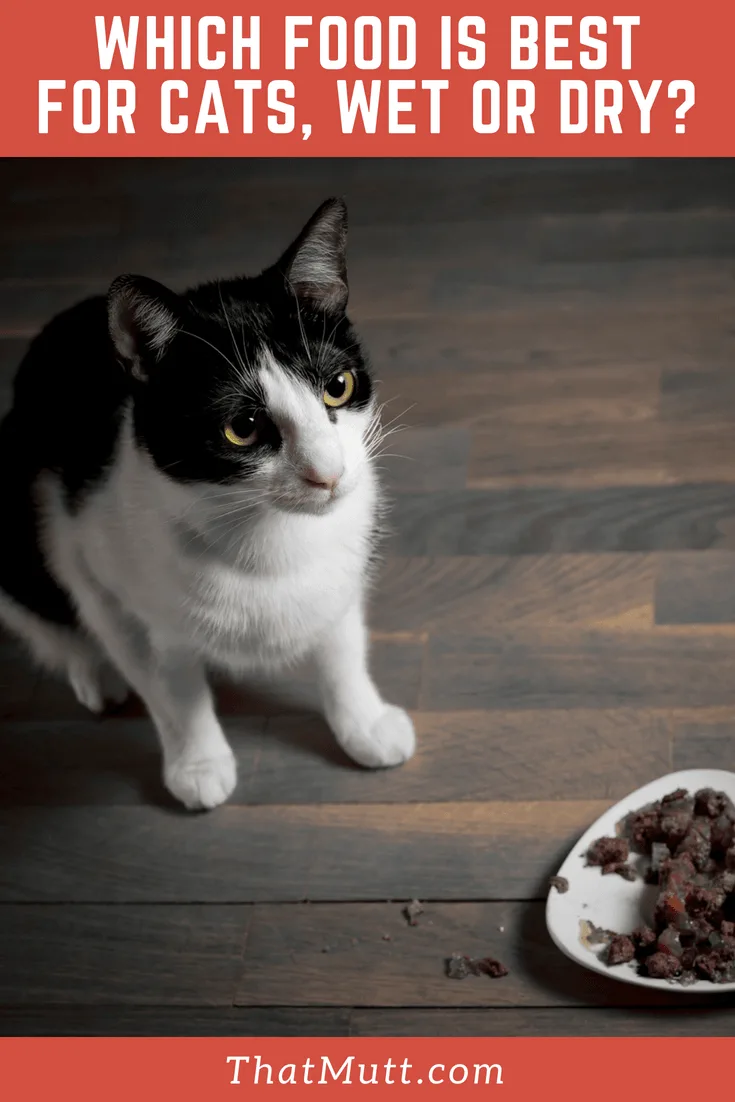
Which food is best for cats? Wet or dry?
So after my seemingly endless cat food research, I developed a formula that I think works well for both of our little monsters.
The Formula – Feeding both dry food and wet food to cats
I feed them two cans per day of quality wet canned food; once in the morning and once in the evening, with about a cup of the premium dry food divided between two bowls and left out throughout the day.
Of course, each cat is different and you could decide on an entirely different formula after a discussion with your veterinarian. Any medical history that your cat has had will weigh in heavily on the discussion and could nullify some of the points I’ve made here.
But based on those recommendations, when selecting their food, be sure to become familiar with the ingredients, avoiding any fillers like corn or rice. You want meat to be the first ingredient in any wet food and lower concentrations of carbohydrates in dry food.
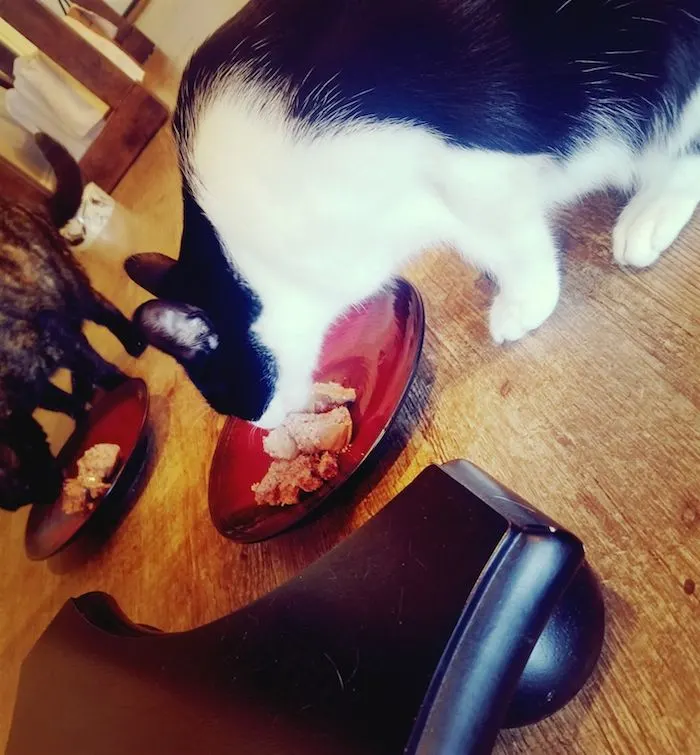
Feeding your cat at least a partial wet canned food diet provides necessary moisture for your cat’s nutrition.
All in all, thoughtful research and a discussion with your vet will set your cat up for a healthy, long life of cozy companionship.
And while this post is not about raw food for cats, That Mutt supports raw diets for pets. You may want to consider adding raw food to your cat’s diet or asking your vet about this option. There are many raw cat food brands to choose from such as Darwin’s, Raw Paws or Jimbo’s Raw Cat food.
In the comments, let us know how you chose your cat’s diet and if you have any questions.
A native Texan, Amanda Johnson writes for several online publications and lives in Southern California with her boyfriend and two fuzzy bears, Shelly and Sylvester. You may be interested in Amanda’s article about what to do when one of your cats is a bully.
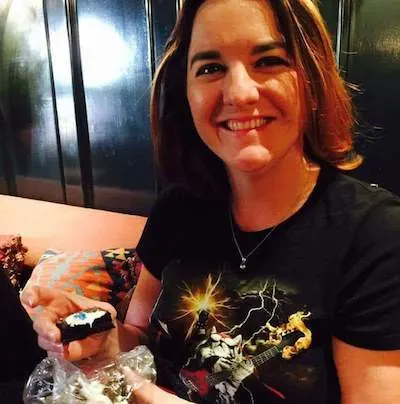
Related articles:
Raw food for cats (That Mutt supports a raw diet for both dogs and cats)
Are weimaraners good with cats?
Introducing your dog to a barn cat

The Dash Kitten Crew
Sunday 25th of August 2019
I have found a kindred spirit in my cat feeding routine. I do the same. Ours get wet food twice a day with a bowl for grazing, oh and a water fountain which is essential during the summer months.
We have eight cats so I struggle to measure who eats what BUT I believe as the cats have the option to feed 24/7 they will only eat what they need as none of our cats is overweight.
This is such a helpful post. Thank you.
KL
Saturday 14th of July 2018
My cats eat Science Diet Hairball Control for senior cats. In the past we’ve fed high quality canned food, prescriptions foods as needed, tried a commercial raw diet...this is what the picky one will eat. I gritted my teeth because we were all set to feed much better quality food, but I decided that if this is what she would keep eating and if she did well on it (she’s got some food sensitivities that this doesn’t set off, so bonus?), then fine. We found a canned food that she seems to tolerate in small amounts, and the other cat loves it. Most likely if the picky cat goes first, the other cat will get switched to something else. She eats anything and will happily go for a good quality canned food.
Lindsay Stordahl
Saturday 14th of July 2018
My cat Scout is similar (picky and sensitive tummy). He gets a dry food for sensitive tummies and some canned. I've tried to feed higher quality brands and he either refuses to eat or pukes. So, we stick with what works. Our other cat Beamer would eat literally anything.
Julia T.
Thursday 12th of July 2018
Welcome to That Mutt, Amanda. Thanks for a really interesting post. We inherited our first cat, a barn cat, when we bought our farm. She gets a bowl of an agri-cat kibble everyday, unlimited water, a few treats and whatever else she catches. On special occasions, she gets a can of wet food. We honestly have not looked very deep into her diet, and she's only had one vet visit for her spay. We do notice that in the winter she is much more thirsty and goes through her water quickly. We have no idea how old she is, but she's been doing well for six years. Thanks for sharing your experience and tips.
Lindsay Stordahl
Friday 13th of July 2018
I'm sure she catches a few mice and other animals too, right?